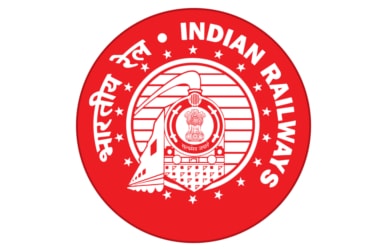
The Union Railways Minister Suresh Prabhu on 30 March 2017 released a book on the Indian Railways - “Indian Railway-The weaving of a National Tapestry.”
The book was jointly authored by Bibek Debroy (Member, NITI Aayog), Sanjay Chadha (Joint Secretary, Ministry of Commerce) and Vidya Krishnamurthi.
The theme of this book is the historical development of railways in India.
The book is divided into chapters dealing with different periods of development in chronological order.
It builds its foundations from periods prior to 1853, when the first commercial passenger railway was inaugurated.
The authors wanted to create a cross between an academic book and a coffee table book.
The result is a narrative built around a series of anecdotes of railway history. The book manages to convey considerable amounts of information in a conversational manner.
The story begins with the early plans for building railways in the Indian sub-continent in the 1830s, continues with the debates in the 1840s and the advent of the railways in the 1850s and 1860s.
The final chapter, which covers the period of consolidation and change during the 1870s onwards, is the most absorbing.
The last chapter covers the period from the beginning of the 20th century until independence. The book is perhaps best characterised as Indian Railway History - An anecdotal version.
Indian Railways: Know More- Headquarters: New Delhi
- Number of employees: 1,331,000
- Founded: 16 April 1853
- Revenue: 1.683 trillion INR (US$25 billion, 2015–2016)
- Chief Subsidiary: Indian Railway Catering and Tourism Corporation
- Parent organization: Ministry of Railways